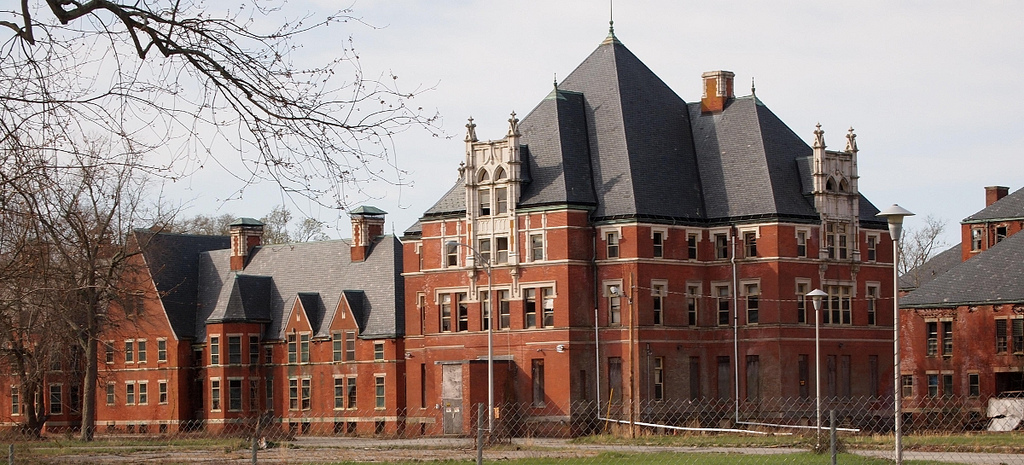Welcome to the Norwich Hospital for the Insane, a place steeped in history and intrigue. Established in 1904, this institution was a reflection of the changing attitudes towards mental health care at the turn of the 20th century. Located in the serene landscapes of Connecticut, it was built to address the growing need for mental health facilities in the region. In its heyday, Norwich Hospital was a bustling center of psychiatric care, housing thousands of patients and employing hundreds of staff members.
The hospital’s founding was driven by the progressive movement of the late 19th and early 20th centuries, which emphasized more humane treatment of the mentally ill. It was part of a broader trend away from the often harsh and neglectful practices of earlier asylums. This new approach focused on providing a therapeutic environment, where patients could experience both medical treatment and a degree of personal freedom.
Over the years, Norwich Hospital became known for its sprawling campus, which included numerous buildings such as patient wards, staff residences, and recreational facilities. The architecture was a mix of Colonial Revival and Tudor styles, serving both functional and aesthetic purposes. The grounds were meticulously maintained, offering patients a peaceful environment that was thought to aid in their recovery.
One of the notable figures associated with the hospital was Dr. Herbert C. Baldwin, who served as superintendent from 1930 to 1959. Under his leadership, the hospital expanded its facilities and services, introducing various therapeutic methods that were considered innovative at the time. Dr. Baldwin was a proponent of occupational therapy, believing that engaging patients in meaningful work could significantly improve their mental health.
The social context of the hospital’s operation is also fascinating. It was a microcosm of broader societal changes, reflecting shifts in medical practices, social attitudes, and governmental policies towards mental health. During World War II, for instance, the hospital saw an influx of patients suffering from war-related mental health issues, which brought new challenges and opportunities for treatment.
However, like many institutions of its kind, Norwich Hospital faced criticism and controversy over the years. Reports of overcrowding, underfunding, and outdated practices emerged in the latter half of the 20th century, leading to its eventual closure in 1996. The closure marked the end of an era, as treatment models shifted towards community-based care and outpatient services.
Today, the former hospital grounds stand as a poignant reminder of the evolving landscape of mental health care. While many of the original buildings have been demolished or repurposed, the site remains a subject of local interest and historical significance. Its legacy lives on in the stories of those who lived and worked there, as well as in the ongoing dialogue about mental health treatment in America.
As you reflect on the history of Norwich Hospital, consider the broader journey of mental health care, from ancient beliefs to modern practices. This location serves as a testament to the progress made, as well as a reminder of the challenges that remain.





